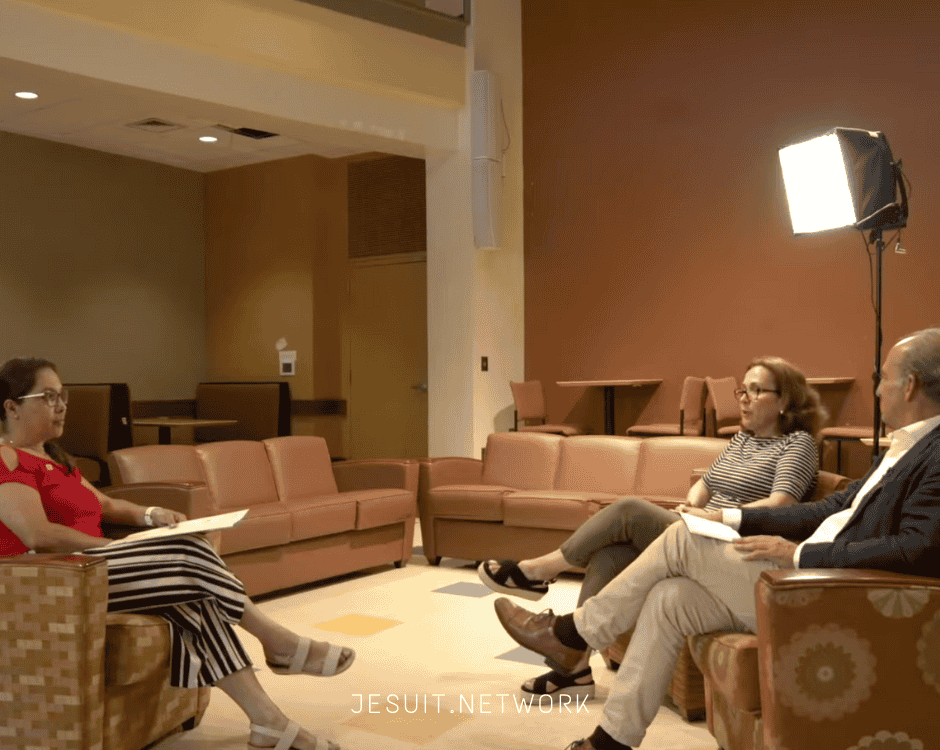Este sitio web utiliza cookies para que podamos ofrecerle la mejor experiencia de usuario posible. La información sobre cookies se almacena en su navegador y realiza funciones como reconocerle cuando vuelve a nuestro sitio web y ayudar a nuestro equipo a comprender qué secciones del sitio web le resultan más interesantes y útiles.
Collective Impact to address complexity
One of the key factors that invite us to think about networks as new structures for the mission is the undeniable need of addressing a world with the challenge of growing complexity. In my last post I was arguing that networks allow us to reach a new level of agency, and now I would like to reinforce that idea with the concept of collective impact.
Since 2011, the editors at Standford Social Innovation Review have been publishing a series of articles from John Kania and Mark Kramer focused on the topic of Collective Impact. These authors argue forcefully that large-scale social change comes from better cross-sector coordination rather than from isolated intervention of individual organizations. This shift – from isolated impact to collective impact – “requires a systemic approach to social impact that focuses on the relationships between organizations and the progress toward shared objectives.”
This is not just a fancy name for collaboration, but a fundamentally different, more disciplined, and higher performing approach to achieving large-scale social impact. «The process and results of collective impact are emergent rather than predetermined, the resources and innovations are often already there, but have not yet been recognized, learning is continuous, and adoption happens simultaneously among many different organizations.» Following this framework, the Jesuit Networking Project is an attempt at generating the conditions of possibility for a Jesuit collective action as a way-through to our desired universal mission.
The question, then, is how to foster and accompany this emergence that can not be predetermined. Kania & Kramer’s research shows that successful collective impact initiatives typically have five conditions that together produce true alignment and lead to powerful results: a common agenda, shared measurement systems, mutually reinforcing activities, continuous communication, and backbone support organizations. Here we could see a specific route map for generating a landscape favorable to collective action, that basically will allow networking with impact to blossom. Let’s think on this.
Foto from Flickr by guategringo under Creative Commons license (CC BY-NC-SA 2.0). The main ideas of this post are from an article titled Embracing Emergence: How collective impact addresses complexity By John Kania & Mark Kramer.





